No second scaffold level?
midlin
11 years ago
Related Stories

HOUZZ TOURSMy Houzz: Added Space and Style for a 1960s Split Level
With a new second story and downstairs suite, custom touches and midcentury pieces, this Portland family home suits 3 generations
Full Story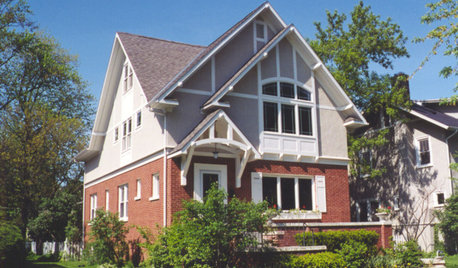
REMODELING GUIDESMovin’ On Up: What to Consider With a Second-Story Addition
Learn how an extra story will change your house and its systems to avoid headaches and extra costs down the road
Full Story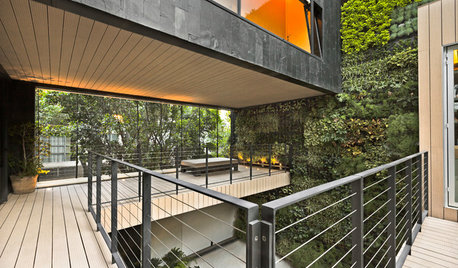
HOUZZ TOURSHouzz Tour: 3 Levels of Marvelous Modernism in Mexico
Building up gave this home a party-ready terrace, plenty of room and a 3-story vertical garden that's a wonder to behold
Full Story
REMODELING GUIDESThese Split-Level Homes Get the Style Right
A suburban architecture style gets a welcome update with open floor plans and chic design touches
Full Story
LIVING ROOMS15 Decorating Moves to Take Your Living Room to the Next Level
These tricks with furniture, lighting, color and accessories go a long way toward making a space fashionable and comfortable
Full Story
ENTERTAININGModern Manners: Smooth Moves for Kids' Visits
For hosting kids or visiting with Junior in tow, we give you a plan to keep stress levels low and fun levels high
Full Story
Houzz Survey: Livability Trumps Home Value
Increasing home value comes in a distant second among those planning home improvements. Many plan to do some of the work themselves
Full Story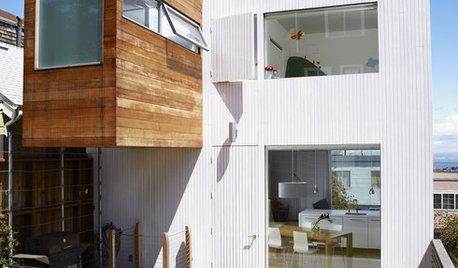
MODERN ARCHITECTUREA Cantilevered Family Bathroom Boosts Square Footage
By punching out on an upper level, a family gains a needed bathroom without eating up backyard space
Full Story
GARDENING GUIDESHow I Learned to Be an Imperfect Gardener
Letting go can lead to a deeper level of gardening and a richer relationship with the landscape. Here's how one nature lover did it
Full Story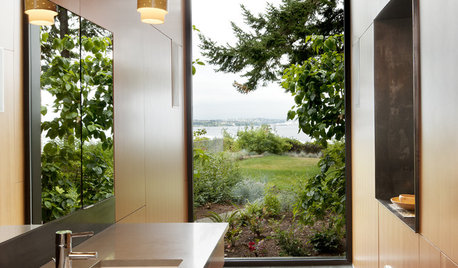
REMODELING GUIDES10 Tips to Maximize Your Whole-House Remodel
Cover all the bases now to ensure many years of satisfaction with your full renovation, second-story addition or bump-out
Full Story





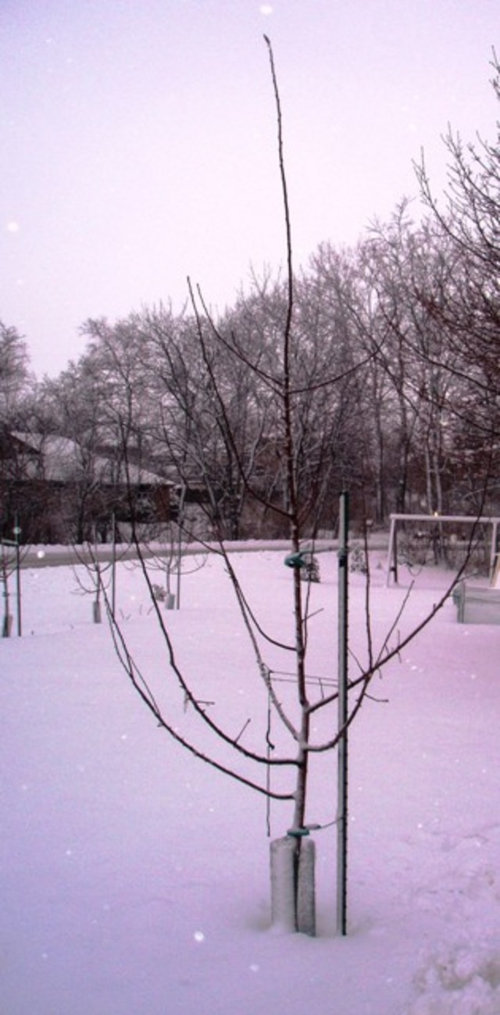

midlinOriginal Author
midlinOriginal Author
Related Professionals
Elwood Landscape Architects & Landscape Designers · Glassmanor Landscape Architects & Landscape Designers · Wakefield Landscape Contractors · Battle Ground Landscape Contractors · Dinuba Landscape Contractors · Fountain Valley Landscape Contractors · Kaneohe Landscape Contractors · Lemont Landscape Contractors · Mendota Heights Landscape Contractors · Ocoee Landscape Contractors · Palm Beach Gardens Landscape Contractors · Rosemount Landscape Contractors · South Hackensack Landscape Contractors · South Lyon Landscape Contractors · Wilsonville Landscape ContractorsmidlinOriginal Author
midlinOriginal Author
midlinOriginal Author
midlinOriginal Author
alan haigh
marc5
alan haigh
midlinOriginal Author
canadianplant
alan haigh
alan haigh